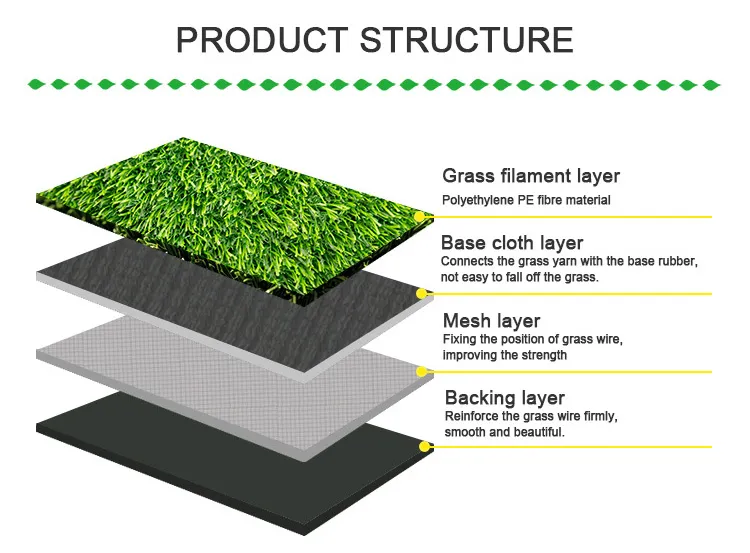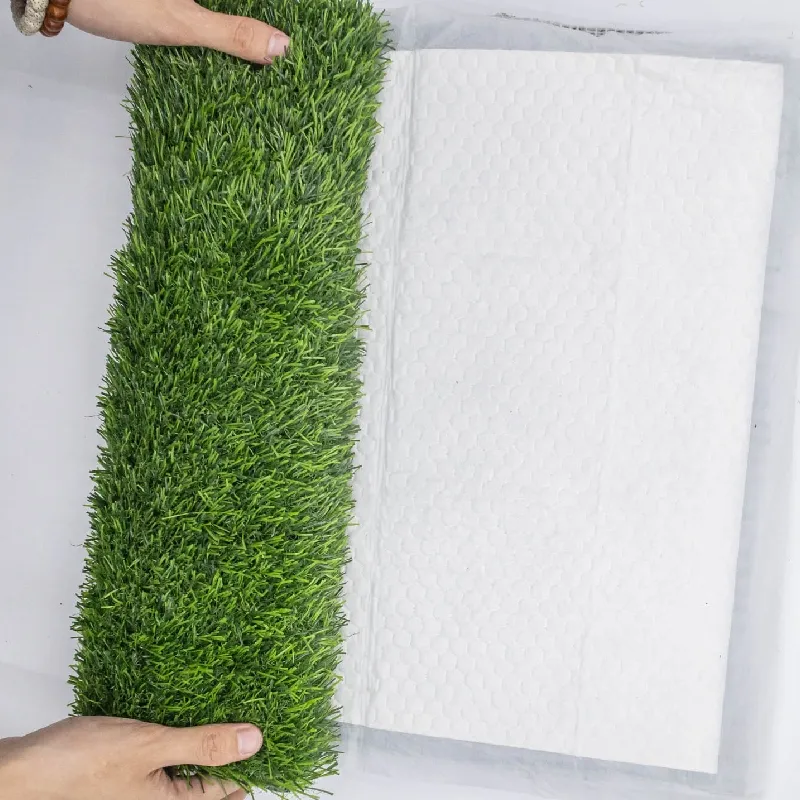Welcome to Hoyarn
Call Us Any Time:+86 19801805999
Email Us: info@hoyarn.cn

- Afrikaans
- Arabic
- Belarusian
- Bengali
- Czech
- Danish
- Dutch
- English
- Esperanto
- Estonian
- Finnish
- French
- German
- Greek
- Hindi
- Hungarian
- Icelandic
- Indonesian
- irish
- Italian
- Japanese
- kazakh
- Rwandese
- Korean
- Kyrgyz
- Lao
- Latin
- Latvian
- Malay
- Mongolian
- Myanmar
- Norwegian
- Persian
- Polish
- Portuguese
- Romanian
- Russian
- Serbian
- Spanish
- Swedish
- Tagalog
- Tajik
- Thai
- Turkish
- Turkmen
- Ukrainian
- Urdu
- Uighur
- Uzbek
- Vietnamese
Artificial Turf For Green Playgrounds, Boundless Energy
Feb . 13, 2025 03:18 Back to list
Artificial Turf For Green Playgrounds, Boundless Energy
In the dynamic world of playground development, the choice of surface material is pivotal, not only for child safety but also for long-term financial prudence. Turf playgrounds have surged in popularity due to their aesthetic appeal, durability, and cost-effectiveness. However, understanding the full scope of costs associated with turf playgrounds is essential for making an informed investment.
Aesthetic and Functional Customization Another cost component is the customization of the turf playground’s aesthetic and functional features. Adding colorful inlays for games or educational patterns can create interactive spaces that are more engaging for children. Such customization attracts additional costs but enhances play value and stimulates learning, making the playground a focal point for child development. Cost Comparisons and Long-term Financial Planning When considering the long-term cost-efficiency of turf playgrounds, it's essential to contrast them with natural grass surfaces. Over a decade, while the upfront cost of turf may exceed that of natural grass, savings accrue in water conservation, reduced maintenance costs, and increased durability. For project managers and city planners, presenting a comprehensive cost analysis strengthens the case for turf, addressing budgetary concerns while illustrating long-term return on investment. Turf offers a reliable option for accommodating inclusive play equipment, given its even surface, benefiting both physical safety and accessibility for children with disabilities. Trust in Product Quality and Installation Expertise Selecting reputable suppliers and certified installation experts is vital to ensure product quality and operational excellence. Partnering with industry-recognized professionals assures adherence to safety regulations, potentially reducing liability and enhancing the playground's overall appeal and functionality. By integrating advanced technologies, such as antimicrobial turfs that combat germs, the market can set new standards, ensuring trust and satisfaction for schools, parks, and communities investing in playground infrastructures. Ultimately, in navigating the terrain of playground projects with a focus on turf, a balance of initial investment against the backdrop of enduring performance and safety ensures an efficient allocation of resources and sustainable development.


Aesthetic and Functional Customization Another cost component is the customization of the turf playground’s aesthetic and functional features. Adding colorful inlays for games or educational patterns can create interactive spaces that are more engaging for children. Such customization attracts additional costs but enhances play value and stimulates learning, making the playground a focal point for child development. Cost Comparisons and Long-term Financial Planning When considering the long-term cost-efficiency of turf playgrounds, it's essential to contrast them with natural grass surfaces. Over a decade, while the upfront cost of turf may exceed that of natural grass, savings accrue in water conservation, reduced maintenance costs, and increased durability. For project managers and city planners, presenting a comprehensive cost analysis strengthens the case for turf, addressing budgetary concerns while illustrating long-term return on investment. Turf offers a reliable option for accommodating inclusive play equipment, given its even surface, benefiting both physical safety and accessibility for children with disabilities. Trust in Product Quality and Installation Expertise Selecting reputable suppliers and certified installation experts is vital to ensure product quality and operational excellence. Partnering with industry-recognized professionals assures adherence to safety regulations, potentially reducing liability and enhancing the playground's overall appeal and functionality. By integrating advanced technologies, such as antimicrobial turfs that combat germs, the market can set new standards, ensuring trust and satisfaction for schools, parks, and communities investing in playground infrastructures. Ultimately, in navigating the terrain of playground projects with a focus on turf, a balance of initial investment against the backdrop of enduring performance and safety ensures an efficient allocation of resources and sustainable development.
Latest news
-
The Benefits of Artificial Turf for Indoors
NewsJul.15,2025
-
How Artificial Grass Suppliers Ensure Quality Products
NewsJul.15,2025
-
Artificial Grass and Pets: A Space for Relaxation
NewsJul.08,2025
-
Balcony & Outdoor Decoration with Artificial Grass
NewsJul.08,2025
-
Best Indoor Artificial Grass for Home
NewsJul.07,2025
-
Best Pet Turf for Dogs: Safe & Durable Artificial Grass Options
NewsJul.07,2025
Products categories









